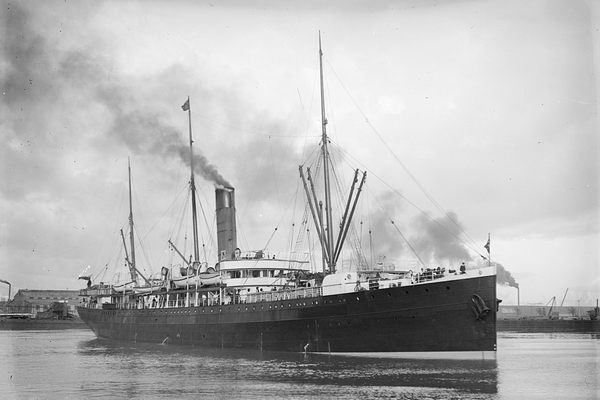Explore the Seafloor With Data Collected During the Search for MH370
The Australian government has released the results of a survey of the bottom of the Indian Ocean.

After more than three years and countless man-hours spent searching, the fate of Malaysian Airlines flight 370, which disappeared in 2014, remains a mystery. In their fruitless search for the plane, crews have found shipwrecks and pieces of debris, and have collected an impressive amount of data on the terrain of the seafloor around Australia. Now some of that data is available online, thanks to the Australian government’s geosciences agency.
Geoscience Australia has released the results of the first phase of the search, a bathymetric survey. Bathymetric surveys map the seafloor using sonar to determine the depth, and provide scientists (and now you) with the topography of the hidden ground below. Backscatter data was also collected, which describes the hardness of the seafloor based on the strength of the sonar signal that bounces back to the surveying ship. This data wasn’t collected to look for debris exactly, but rather to provide with a map of the seafloor that was the target of the search.
The second batch of data will be released sometime in 2018, and is a more detailed bathymetric survey conducted by underwater sensors towed behind boats. Manmade objects aren’t visible in the surveys available now because the resolution is too low, but the data due out next year should be clear enough to show something as small as a 44-gallon drum on the ocean floor. Until that batch is released, you can explore the bottom of the Indian Ocean using an interactive map, or even download the data to analyze yourself.























Follow us on Twitter to get the latest on the world's hidden wonders.
Like us on Facebook to get the latest on the world's hidden wonders.
Follow us on Twitter Like us on Facebook